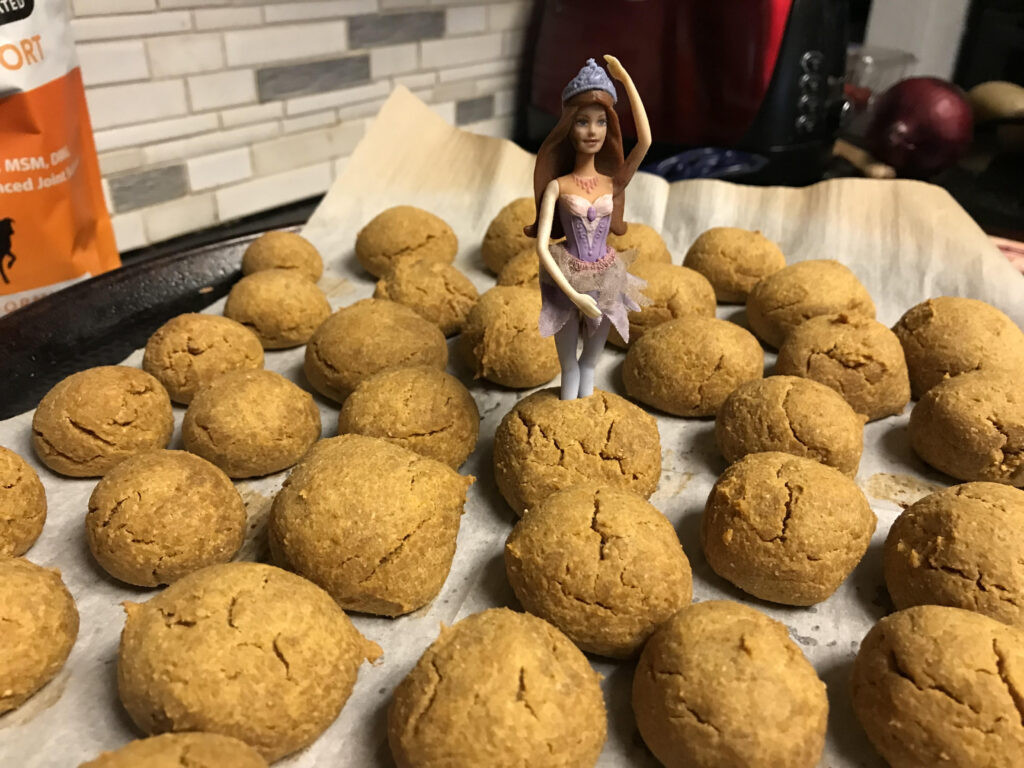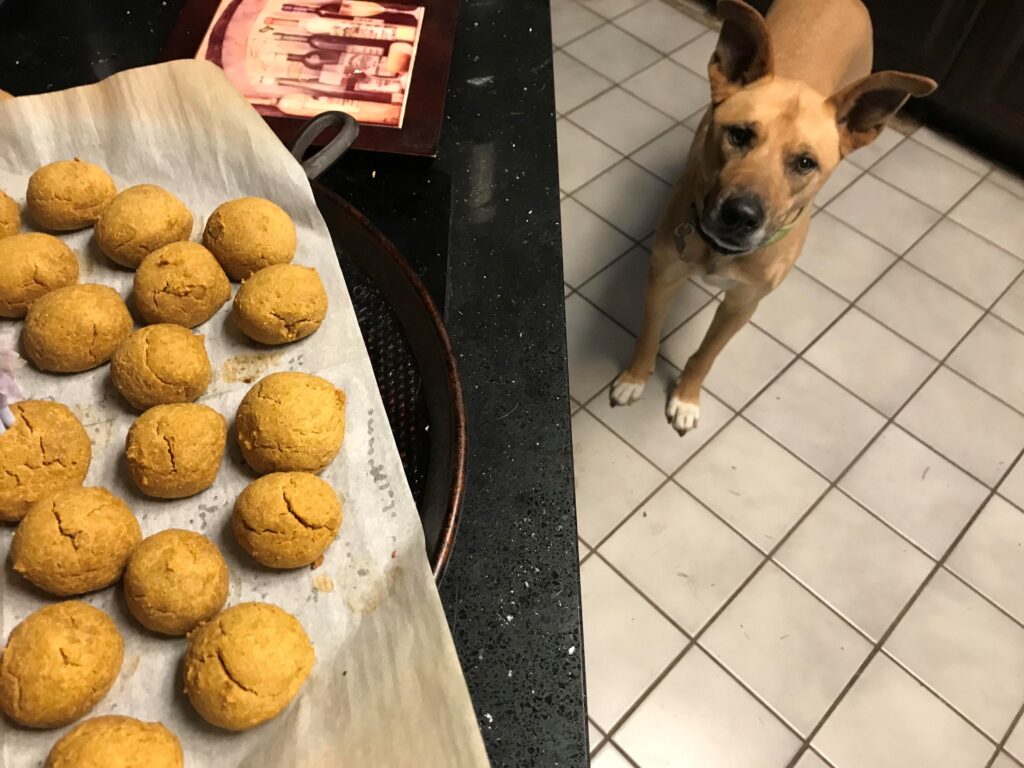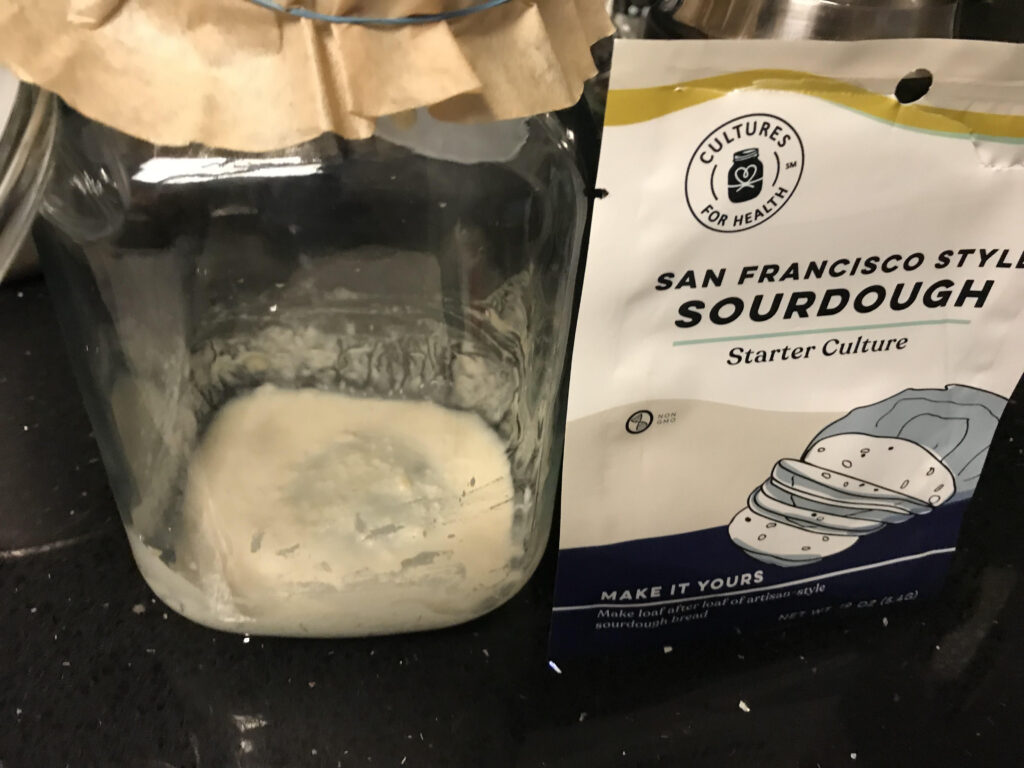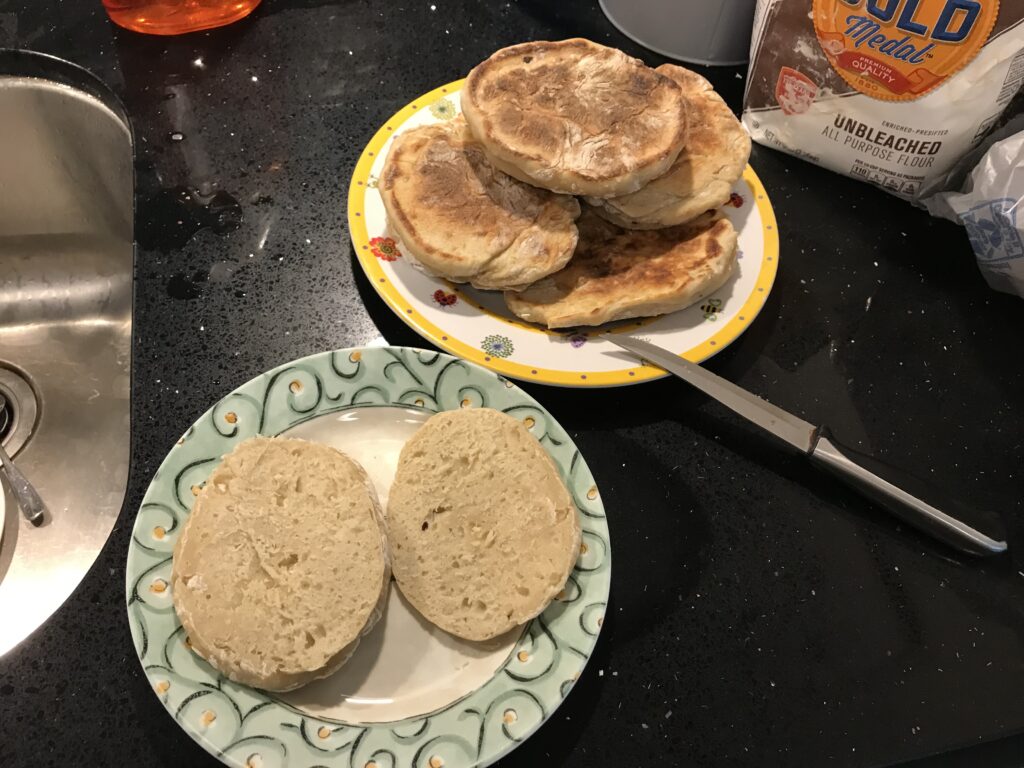Made Interesting With Organic Pumpkin and Whole Wheat and Rice Flour

|
Ads we feature have been independently selected and reviewed. If you make a purchase using the links included, we may earn a commission, which helps support the site. Thank you for your support.
I’ve been enjoying the world of sourdough baking lately. I enjoy the classics but what I really love is coming up with my own creations, quite often to the dismay of my wife — She-Who-Must-Be-Obeyed. Come on; I jest. Earlier this month I unleashed my Sourdough Focaccia recipe. Yesterday I came up with this sourdough peanut butter ball concoction.
It all started as a brain-storming session for a dog treat variation. I already make my own chicken jerky for dog treats. One similarity betwixt that one and this is that they are both suitable for both human and canine consumption. Win-win!!
Our vet had recommended adding canned pumpkin to our homemade dog food both the nutrition value and to maintain peak “regularity” if you get my drift. And the peanut butter? Loads of nutrition and protein. Not to mention flavor! Approved by all our rescue dogs.
If you make these balls 1″ to a quarter inch larger, like I do, this one batch will yield about 60 servings. Yes, you and the kids will love these, but so will your dog. But, tell me again, how much are you paying per paltry ounce for dog treats? (Forehead-slapping moment.)
Sourdough Ball Ingredients
Use organic ingredients when possible.
- 1 cup sourdough starter
- 1/2 cup organic steel cut oats
- 3/4 cup canned organic pumpkin
- 1/2 cup peanut butter
- 1/3 cup coconut flour
- Approximately 2 cups whole wheat flour
- 2 large eggs
Preparation
- Mix sourdough starter and oats in a large mixing bowl. This allows the oats to absorb liquid from the sourdough starter.
- cover the bowl with a damp washcloth and let the mixture rest for at least 3 hours. You could do this before going to work and do the baking this afternoon.
- Stir or whisk in the pumpkin, peanut butter, eggs, and coconut flour.
- Start mixing and stirring in the whole wheat bit by bit. You know the drill; it’s like preparing bread dough. When it gets hard to stir, cease and desist. Time to move on.
- Preheat the oven to 350℉.
- Get out your pizza pan and a medium-sized sheet pan.
- Roll ball of dough in the palms of your hands and place them on the parchment paper, one by one. Each ball that I make is 1″ to a quarter inch larger, but you make it to suit you. They don’t rise much so they can be neighborly and sit close.
- Bake for 20 minutes.
- Remove (after passing the toothpick test) and set aside to cool.

More Recipes and Related Content to Explore
- Sourdough Focaccia Recipe
- How to Make a Sourdough starter
- Recipe: Chicken Jerky for Dog Treats
- Companion Planting Guide for Your Veggie Garden
- Running Improves Memory, Brain Cells
- Homemade Dog Food Recipe
- How to Find and Adopt a Rescue Dog
- Homemade Oatmeal Flax Seed Bread Recipe
- Delicious Pizza Margherita Recipe

Looking for more great content? Visit our main page or partner sites:
I offer article and blog-writing services. Interested? Contact me for a quote!
Did you find this article helpful? Millions of readers rely on information on this blog and our main site to stay informed and find meaningful solutions. Please chip in as little as $3 to keep this site free for all.





